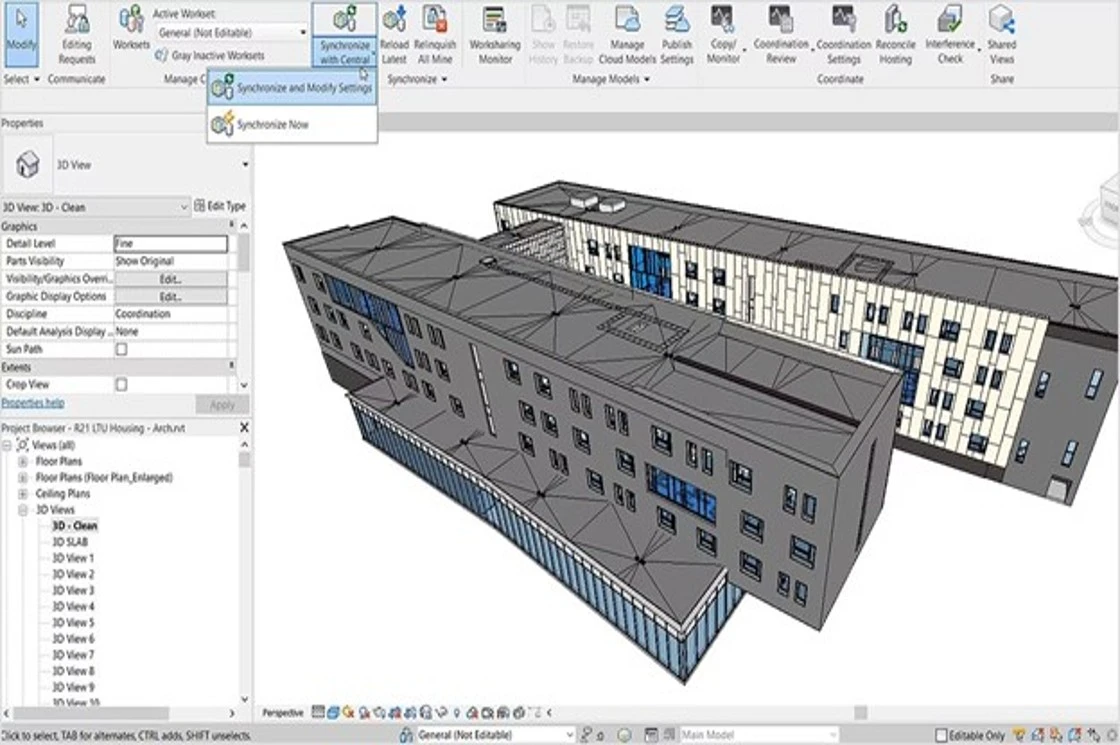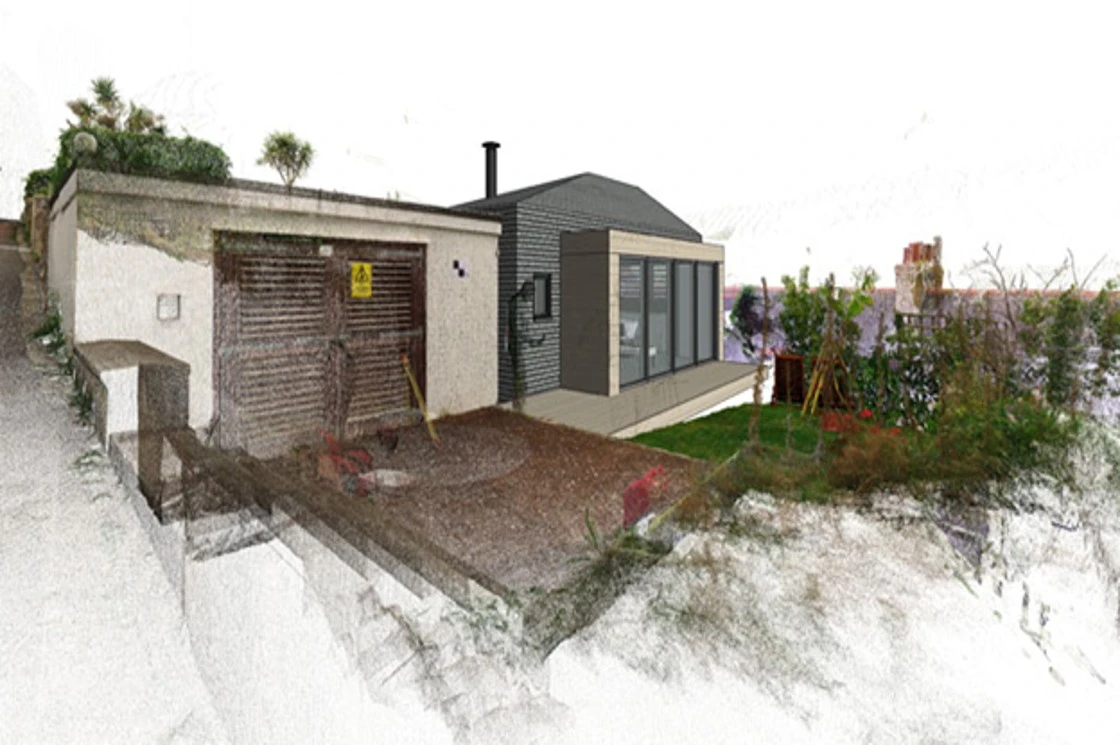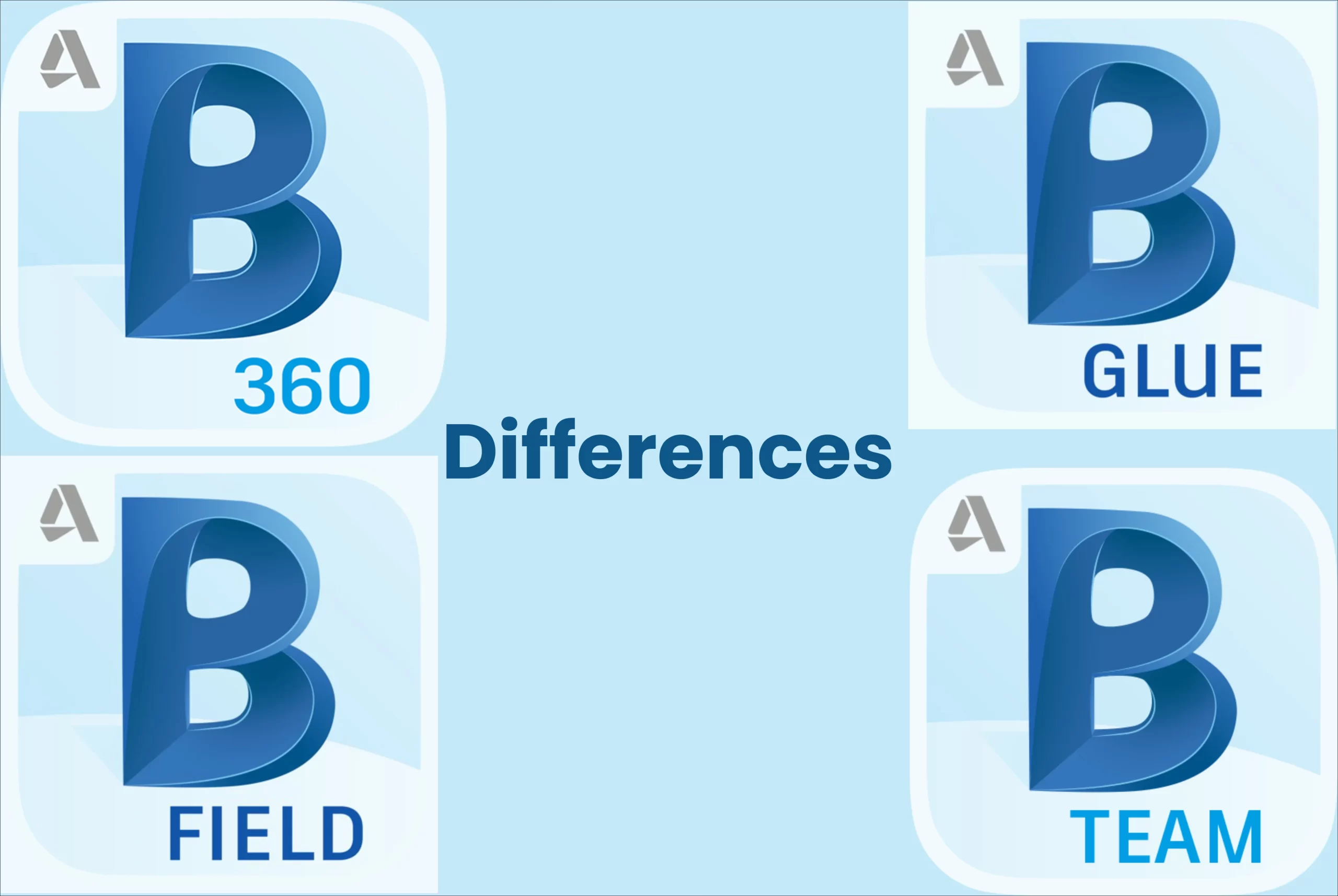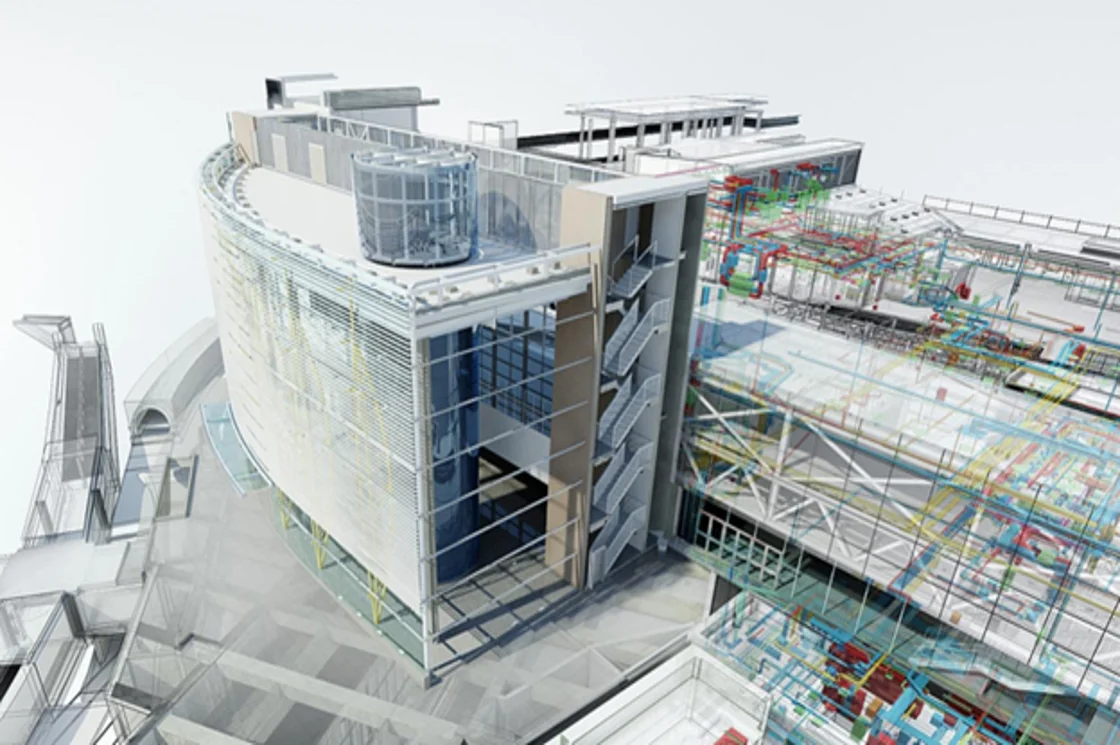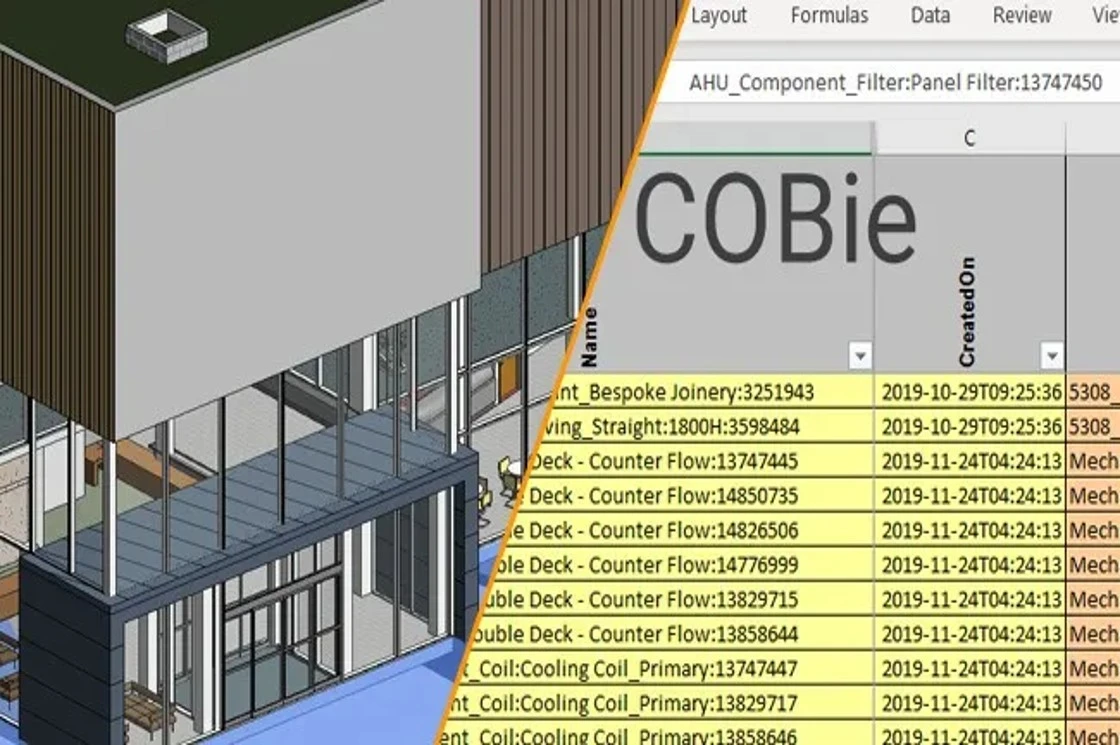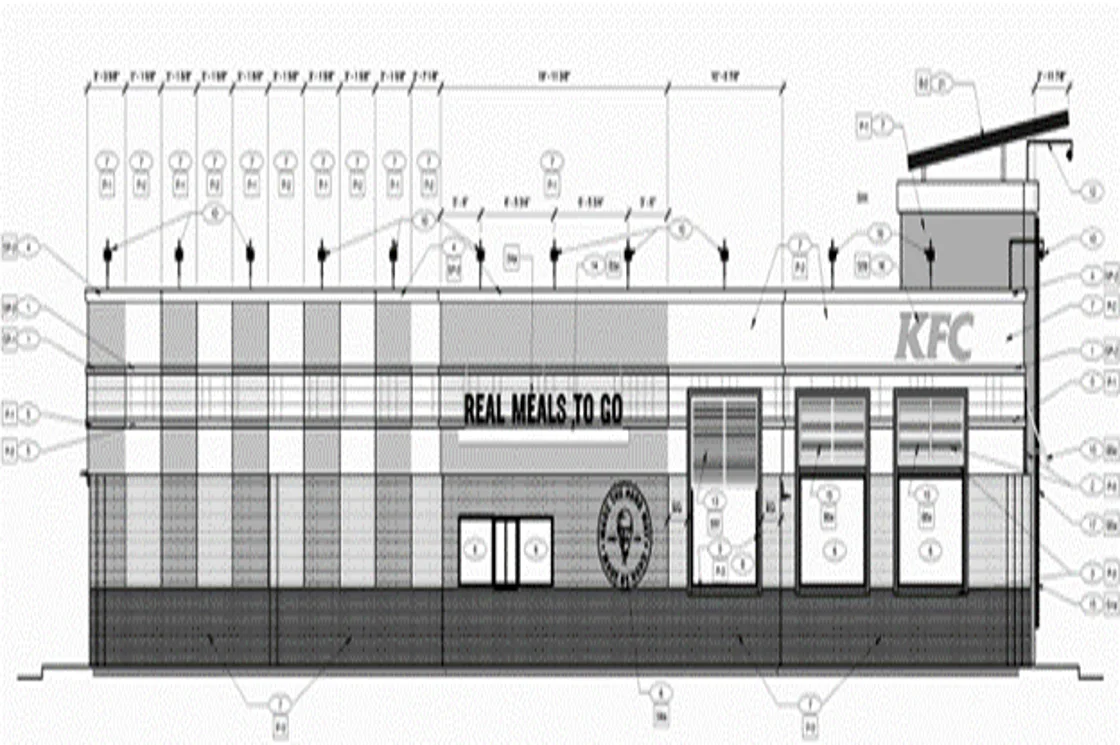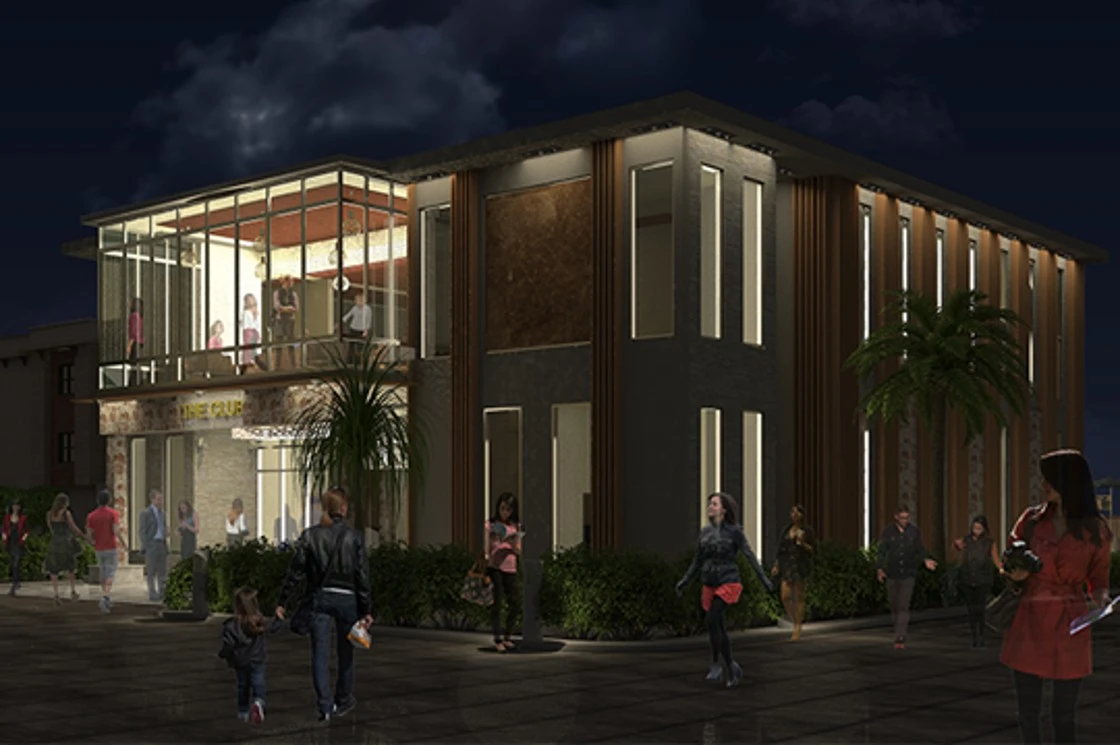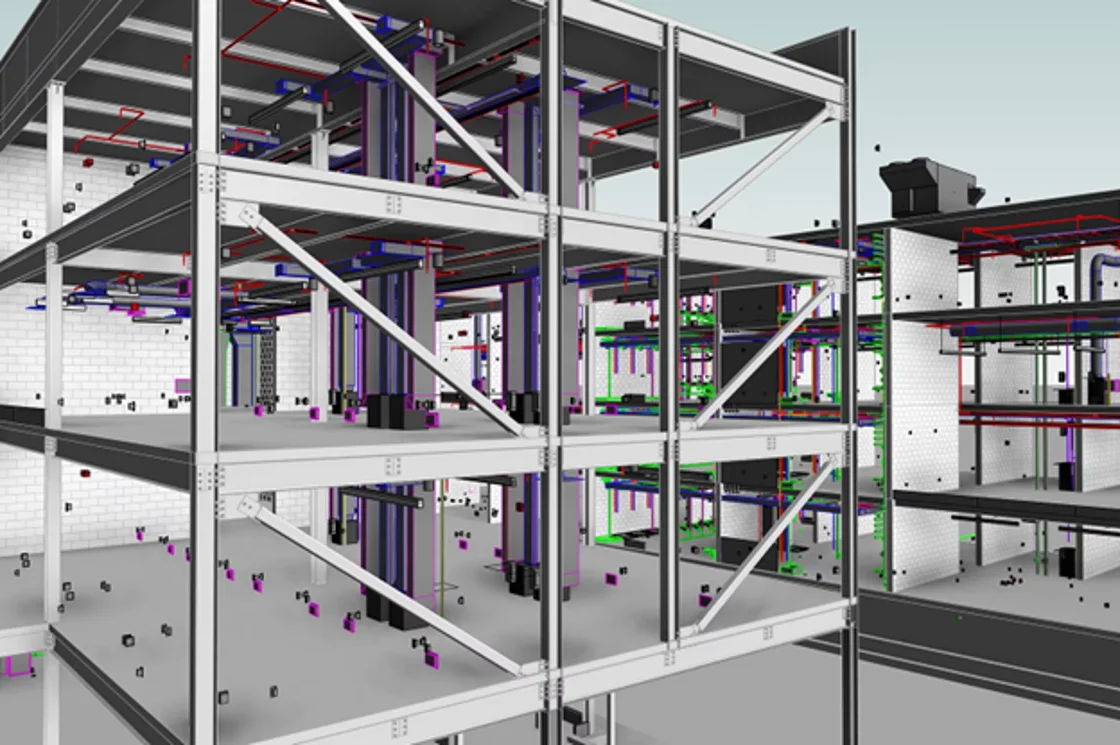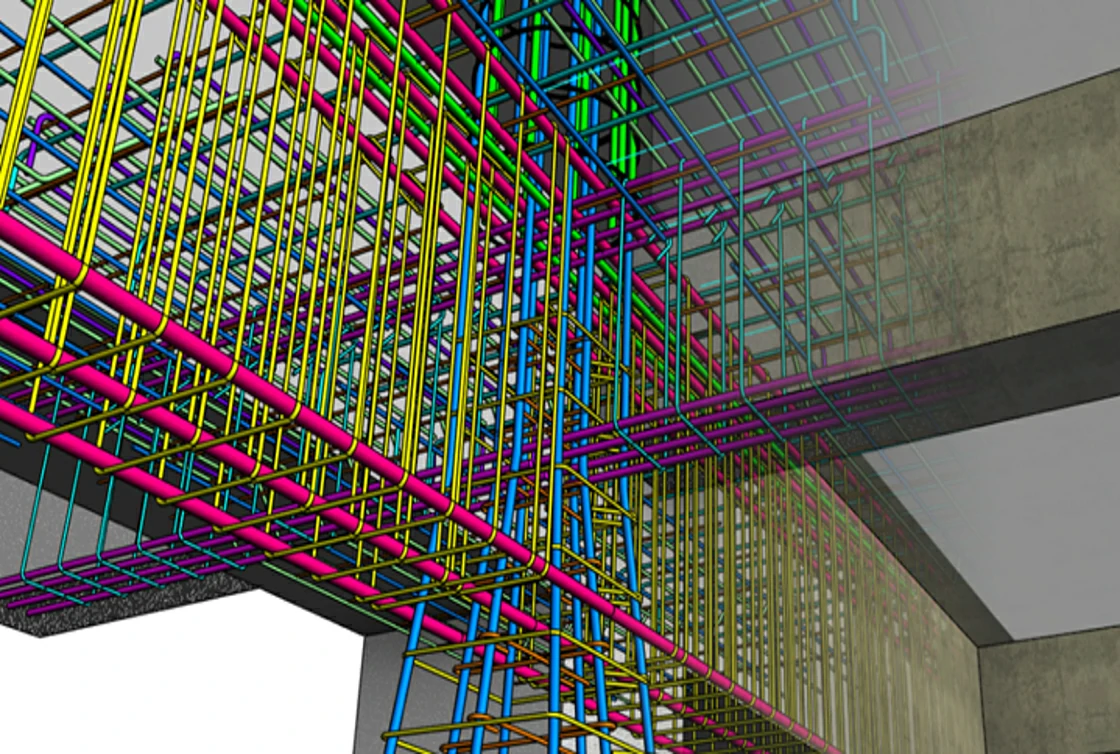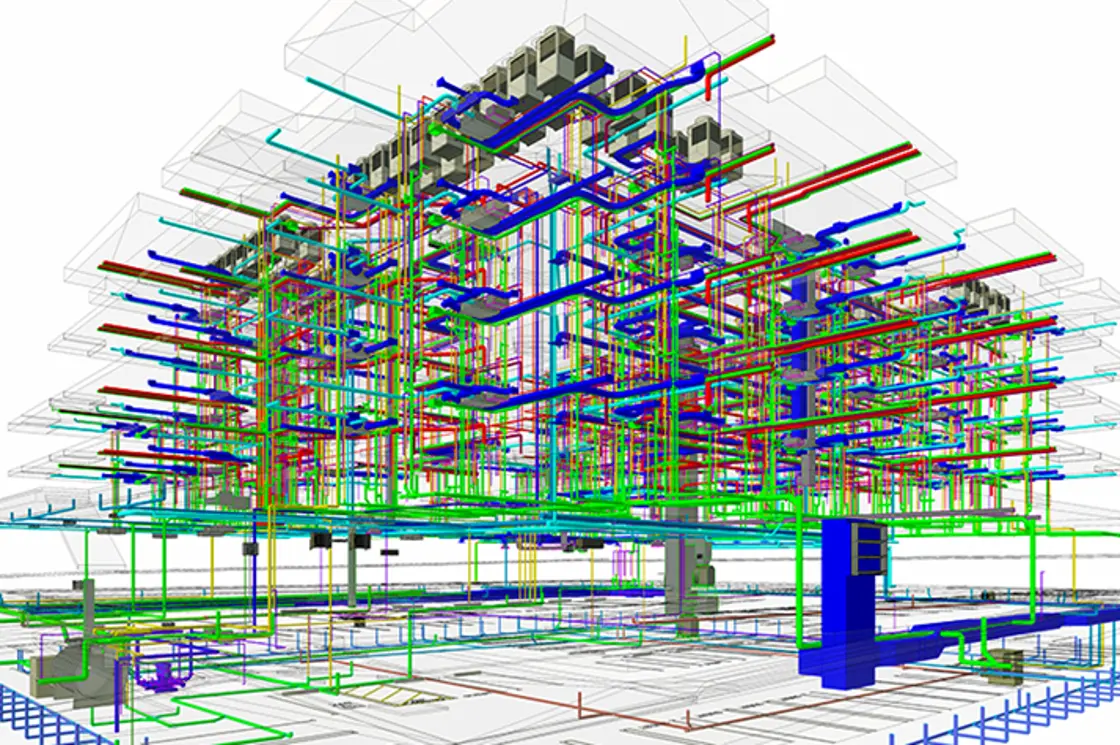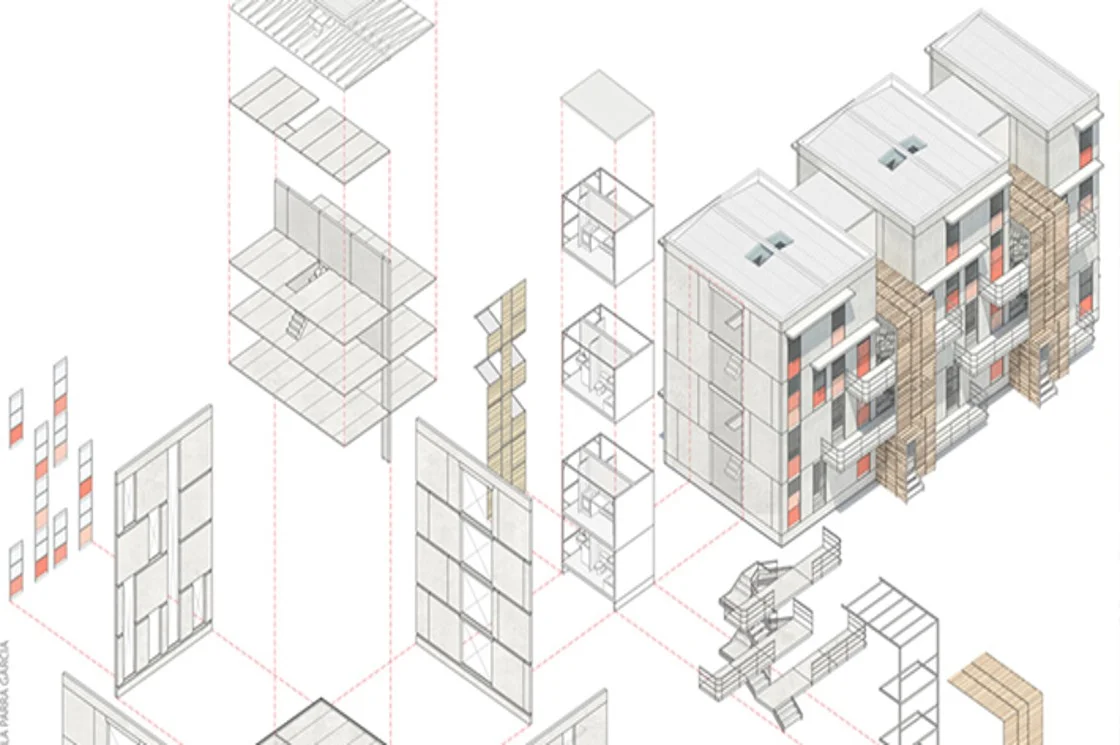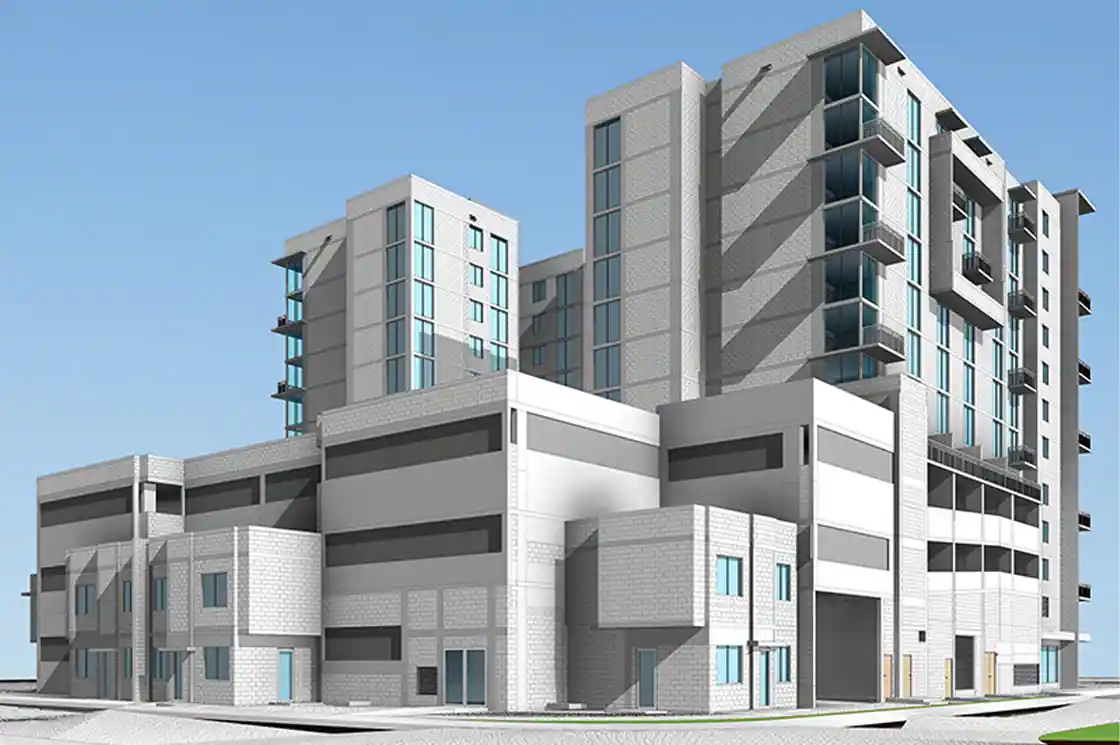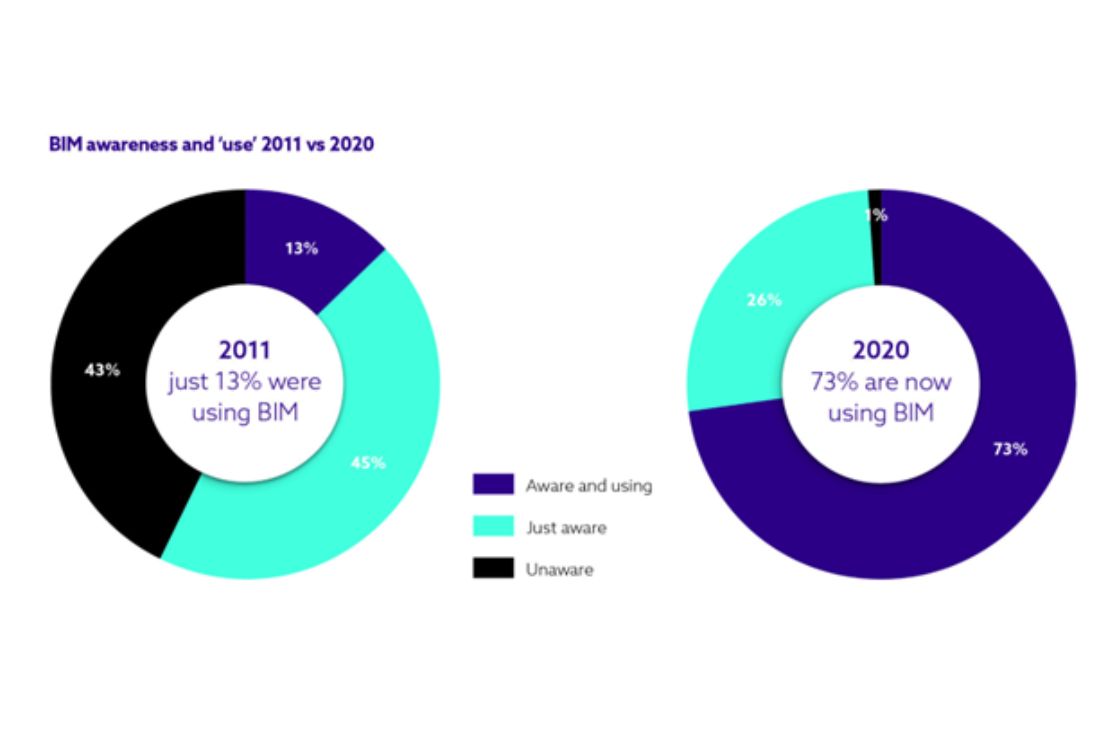Building Bridges in BIM: Collaborative Design & Construction
The Architecture, Engineering, and Construction (AEC) sector has historically been dominated by compartmentalized processes and communication inadequacies. This frequent issue causes errors, inefficiencies, and expensive rework during a project’s design and construction stages. (Building Information and Modeling) BIM architecture has improved interaction between construction teams, engineers, and architects, helping to heal these gaps.
Let’s explore how BIM will influence stakeholder collaboration in the AEC sector. We’ll discuss the fundamental features of BIM that encourage cooperation and how they help analyze the advantages of this cooperative strategy.
Integrated Design can be achieved through BIM 3D Modeling as a Shared Platform
Intelligent 3D is used in building information and modeling beyond conventional 2D drawings. Using data-rich components, modeling software such as Revit architecture modeling makes it easier to digitally depict the entire project. All project stakeholders have immediate access to this core model as a single source of information. Several stakeholders can use BIM in the following ways:
Architects
They can produce building components with precise specifications by utilizing BIM architecture.
MEP (Mechanical, Electrical, and Plumbing) and structural engineers
They can incorporate their designs into the model of MEP modeling services and guarantee that every part fits perfectly to form the entire building. This feature can also be incorporated for Revit structure modeling.

Coordinating teams
BIM coordination services help identify and resolve disagreements between various systems before the building starts.
This collaborative approach also eradicates the “over-the-wall” design methodology standard in traditional workflows and facilitates openness. Construction workers, engineers, and architects may virtually navigate the building model, discover issues, and work together to make well-informed team decisions. BIM has been extensively leveraged by Revit structure modeling.
Key Functionalities Of BIM That Promote Collaboration
Here are a few critical functionalities within BIM software that clear the way for a more collaborative design and construction process –
Centralized Model
BIM allows for generating a single, shared model, providing a platform accessible to all project stakeholders. This ensures that the data everyone is working on is updated on time and eliminates the need for several versions of the document. This has been extensively used in MEP modeling services and Revit architecture modeling.
Clash Detection
BIM’s automatic potential clash detection feature between various building components aids in the prompt resolution of these problems. During building, this saves resources and time.

Real-time Communication
Communication technologies that enable team members to communicate effectively and interactively are frequently integrated into BIM platforms.
Data-rich Models
BIM architecture models facilitate improved decision-making throughout the project lifetime by providing comprehensive data about every building element.
Version Control
Version control is possible with BIM software, which also offers current work and facilitates change tracking.
What are the Benefits of BIM-Enabled Collaboration?
1. Clash detection and resolution
Before construction starts, BIM software helps to find possible conflicts (overlapping elements) between several design disciplines. Early detection can expedite the construction process and save expensive rework on the site.
2. Improved communication and coordination
BIM makes this possible by giving stakeholders access to the most recent information, facilitating improved coordination and communication throughout the project. As we all know, a single source of truth removes ambiguity and contradiction.

3. Enhanced design visualization
BIM models help clients, engineers, and architects grasp the design purpose and spot possible problems early on because they provide a clear visual depiction of the design.
4. Reduced errors and omissions
BIM reduces errors and omissions by ensuring that everyone works with the same data. Real-time updates and automatic computations also lower the possibility of human error, raising the project’s standard.
5. Improved facility management
The rich data in BIM models provides Precise information for enhancing building performance and maintenance schedules.
Future With BIM
Just like any other technology, BIM continues to evolve, and we can expect greater levels of collaboration in the AEC industry. Here are a few possibilities –
1. Cloud-based BIM platform
It facilitates global communication, promoting cooperation across geographical boundaries.
2. Open BIM standard
This ensures compatibility across various BIM software packages and allows groups to collaborate while utilizing different tools.
3. Integration with virtual reality (VR)
Before construction begins, visitors can visually navigate and engage with the design, helping to create immersive experiences.

4. Integration of artificial intelligence (AI)
AI can automate monotonous jobs, freeing up human resources for more difficult ones.
Improving the Future with BIM Adoption and Beyond
The use of BIM in the AEC sector is rising steadily. Due to its demonstrated advantages in collaborative design and construction, BIM is set to become the industry standard for project delivery. However, the sector must change its culture to implement BIM successfully.
1. Collaboration training
Teams need to receive instruction on BIM procedures and the collaborative mindset to guarantee the successful practical completion of BIM projects
2. Standardized processes
Creating uniform BIM protocols is a terrific method for enhancing teamwork and communication within and between project teams and within businesses.
3. Open communication
A culture of open communication, teamwork, transparency, and consensus-building is needed to effectively exploit BIM.
By embracing BIM and its collaborative features, architects, engineers, and construction teams may collaborate to develop steel and concrete bridges within the AEC industry. More affluent, cost-effective, and productive construction methods mean that future generations will be left with higher-quality structures.



